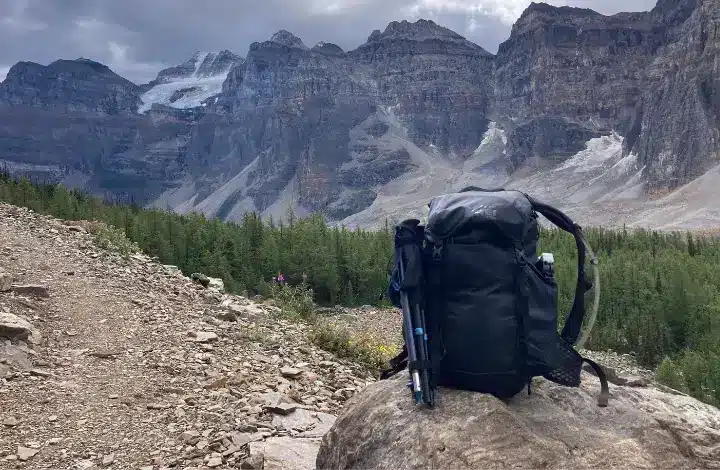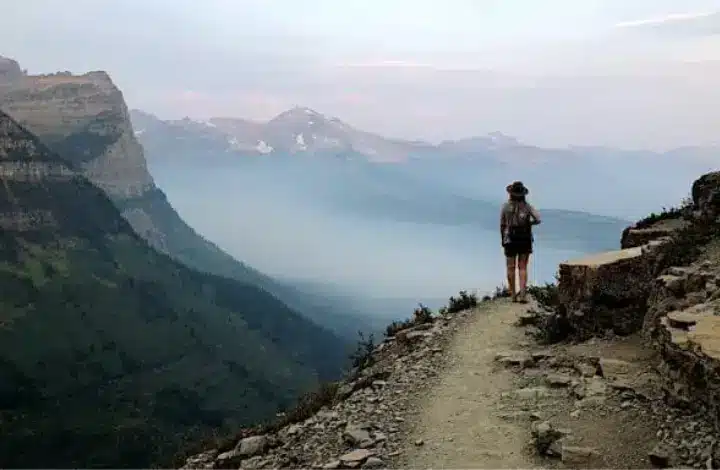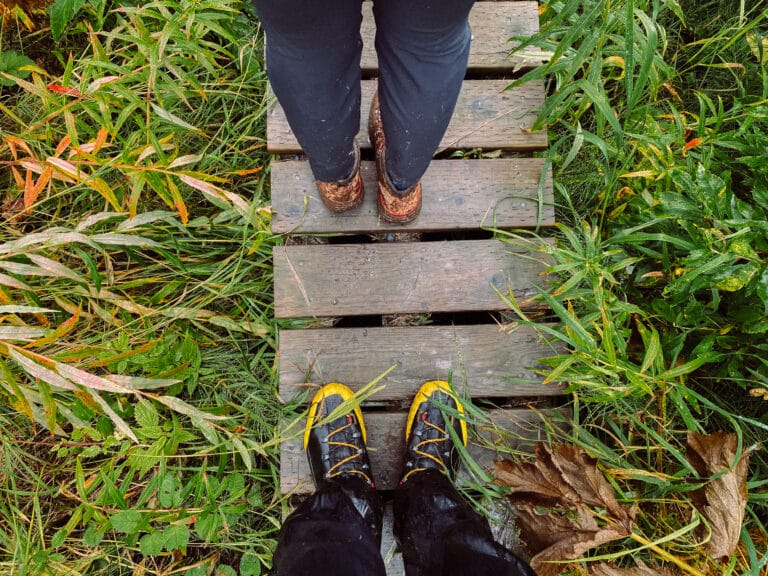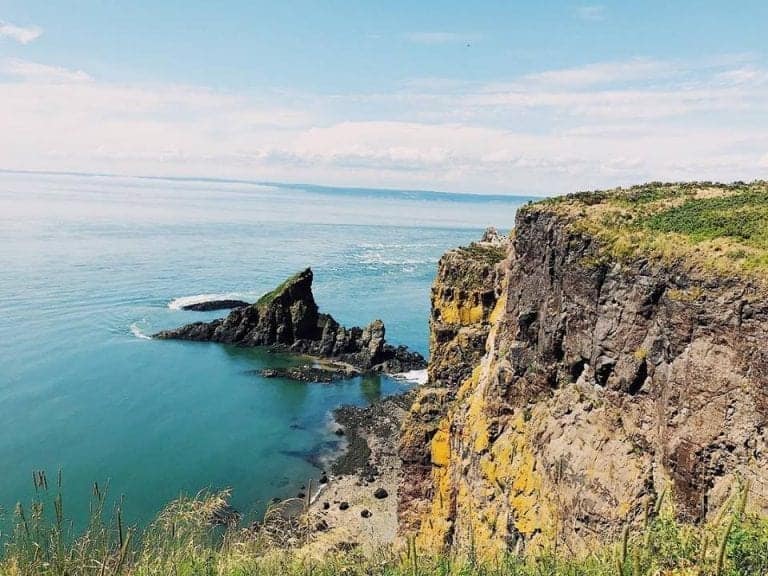How to Pack Your Daypack to Prepare for a Long Hike
Are you getting ready for some outdoor adventure? Make sure you’re well prepared and know what to pack for a long hike. Whenever we were heading out the door on an adventure, my college roommate liked to ensure we were ready by reciting the British military adage: “proper prior planning prevents piss poor performance.”
Try saying that five times fast! While it’s quite the tongue twister, it speaks to an enduring truth: when we’re heading out into the wild, it pays to put some thought into making sure we’re adequately prepared. Let me offer some tips and advice for how to properly pack for a long hike.
My preferred method of checking those boxes on a day hike is to say to myself, “CHEERS to a great hike.” CHEERS is an acronym I use when packing my daypack. It helps me think through all the items I need to carry. I don’t want to forget any essentials because packing the right gear helps to ensure my hike will be enjoyable, no matter the conditions.

Recommended Daypacks
But before we get to CHEERS, we need to talk about how you’re going to carry all that gear. If you’re a day hiker, one of the most important purchases you’re going to make is your daypack.
It will be by your side—or, really, on your back—for many miles. So you want to choose something that is comfortable, spacious enough, durable, and light.
Choosing a Daypack
These are the key features to look for in a good hiking backpack:
My Favorite Daypack is REI’s Flash Pack
My absolute favorite is REI’s Flash Pack. It has very few bells and whistles, which means that the pack itself is extremely light—but that doesn’t mean it’s featureless.
The Flash Pack comes in two sizes for day hikes. I use the 18L for day excursions in Southern California, where the weather means I don’t need to bring as many layers. For places with more variable conditions, I go with the 22L.
Both have the same basic structures of a large main pocket with an area to stow your water bladder and lead the nozzle out. The differences are in the additional pocket spaces and how they close. The 18L seals with a quick-pull drawcord. The 22L does as well, but it also has a top zipper pouch that shuts with buckles.
The 22L also has two open side pouches which can be used for water bottles, maps, sunscreen, etc., and a side zippered pocket that’s perfect for storing and easily grabbing your phone along the route.
There are a lot of other great day packs out there!
Osprey Tempest Daypack
If you’re looking for something with more structure, the Osprey Tempest 20 is a great choice. It has a sturdier waist belt, side straps to help you compress your load, and air flow vents in the back to keep you cooler as you ascend.
Gregory Jade
If you like to carry a bigger load, the Gregory Jade 28 remains relatively lightweight while providing another 8 liters of capacity—just be sure that the extra space doesn’t mean you’re adding in unnecessary gear for your day hike! Where the Gregory Jade really stands out is with its load-bearing hip belt. Like with a full-sized backpack, it shifts the bag’s weight to your hips so that your shoulders stay fresh. The overflow pocket on the outside of the pack is a handy place to store layers as you shed them.
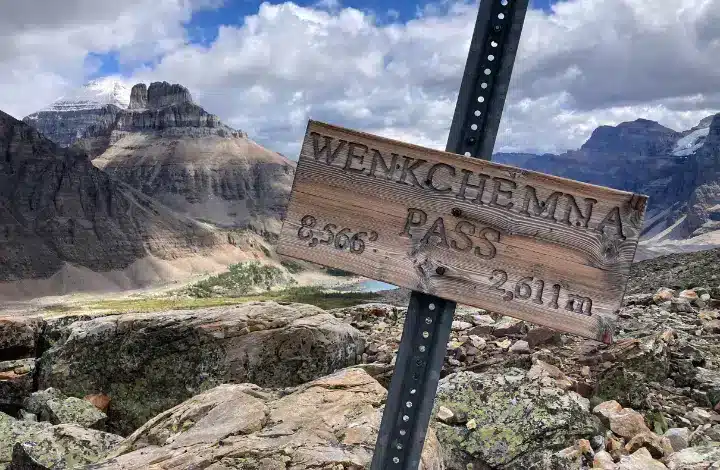
Follow CHEERS to Pack Your Daypack
CHEERS to finding a great day pack… and packing it with the right gear. Just what does CHEERS stand for?
Pack Right for the Conditions
What you need to pack for the conditions will depend on the location where you are hiking. Always check the weather forecast in advance, of course. Then pack your day hiking backpack accordingly.
Bring along sunscreen and lip balm to protect your skin on the trail. And if you’re in a buggy region, you may want to carry some insect repellent as well.
If I’m traveling in an area with bear activity, I will always stow bear spray in the side pocket of my pack so that it’s ready to grab quickly when needed.
Warm Weather Hiking
Are you going to hike in a dry, hot region like Southern California? You’ll want to bring a sunhat, sunglasses, a sun shirt and maybe a windbreaker. But in most cases, you’re not going to need rain gear.
Colder Climates
Are you peak bagging in the White Mountains of New Hampshire? In that case, you’ll want rain gear, a packable warm jacket, a beanie, and gloves. The extra clothing may impact the size of the daypack you need. This is a good example for why I mentioned I use an 18L pack for warm, dry climates, and 22L or larger backpack for colder, wetter spots.
Consider the Terrain
Besides weather, another thing I consider with conditions is the terrain. Am I going to be crossing streams? How steep is the trail? In most cases, I’ll bring along my hiking poles. Lightweight and compact, the Z Trekking poles make a simple addition and can be easily stowed on the outside of a pack when not in use.
Hydration is Critical
Staying hydrated is an important part of any adventure. A general rule of thumb is to have a half-liter of water available for every hour of moderate activity in moderate temperatures, with adjustments based on your fitness and the local conditions.
I strongly prefer to bring along a water bladder, like the Osprey Hydraulics Reservoir with me so that I can take sips while I’m walking and have the weight of the water centered on my back.
If I’m hiking somewhere with water along the trail, I’ll also pack my Sawyer water filtration system so that I can refill along the route. Other compact options are iodine tablets, a LifeStraw, or a Grayl water bottle.
Check out more information about water filtration in our in-depth article covering the Best Water Filters for Hiking.
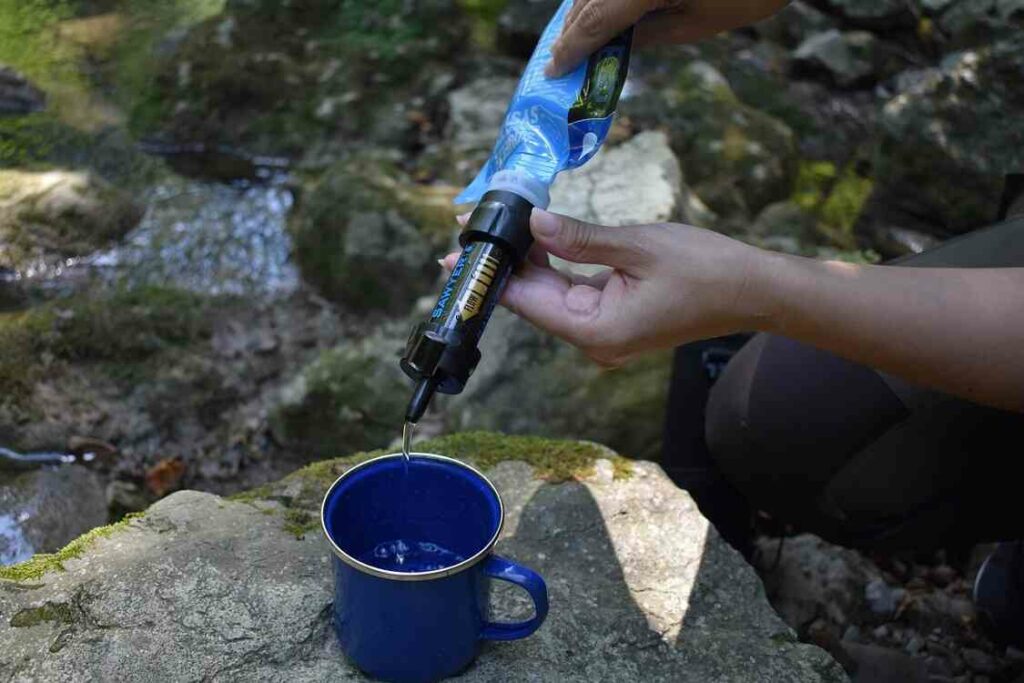
Plan for the Best, Prepare for the Worst
Being prepared for emergencies means that if something doesn’t go according to the plan, you’ve still got a plan. Stock your pack with a first aid kit, headlamp, and a whistle (already a part of most daypacks). Make sure you have your ID and a cell phone.
When you’re trekking to far off remote areas, bringing a satellite communication device, such as a SPOT, can be a smart idea.
You may want to include a little bathroom kit as well. Fold up some toilet paper and pack it with a little hand sanitizer. Remember to include an extra plastic bag so you can pack out your waste. It’s nice be prepared in case you end up needing to go on the go.
Make sure someone who is staying at home knows your itinerary. Share your expected return date and time. If you’re not back when expected they can alert the relevant authorities.
What to Pack for Emergency Preparedness
To prepare for an emergency, these are the must-have items I recommend you pack in your backpack for a long hike:
Extra Items to Personalize Your Hike
Extras are the things that you don’t necessarily need to have for a safe and comfortable trip. Rather, these are the items that will help make your trip yours.
I always try to remember my binoculars to take in the view or check out an animal in the distance should I be lucky enough to spot one.
You might like to carry along a miniature art kit to sketch the summit. Or maybe you prefer to pack a GoPro and capture on-the-move footage.
Place a bandana in your daypack or tie it on the shoulder strap. They’re so versatile and can be used in a million different ways.
Route Finding Gear
Part of the fun of a day hike is finding and staying on the intended route. Depending on your preferences, your route finding material could be a physical topographic map (possibly with a compass) or a GPS app that has downloadable maps.
Physical Maps
If you’re using a physical map, aim for one that is made from water resistant paper. Alternatively, carry it in a ziplock bag.
Digital Route Finders
For those of you who prefer using a GPS device or your phone, make sure that it has an adequate charge. Consider bringing a separate battery pack, depending on the length of your outing. Navigation apps can eat up a lot of power.
One app you may want to try is AllTrails.
Even with a GPS, you may want to consider carrying a small physical map. If your phone runs out of juice, you will be happy that you packed a backup resource.
Snacks for the Trail
Finally, don’t forget to pack some food to keep you going!
Select snacks that will keep in a pack and fuel you for the climb. I always like to make sure that I have something calorie dense, as well as a treat that can motivate me to make that extra push (it’s chocolate every time!).
And I love packing some juicy fruit, like grapes, clementines, or orange slices, for that extra hydration with my snack.
Enjoy Your Hike!
With all these items in your day pack, you too will be ready to say CHEERS to a great hike!
Related Reading
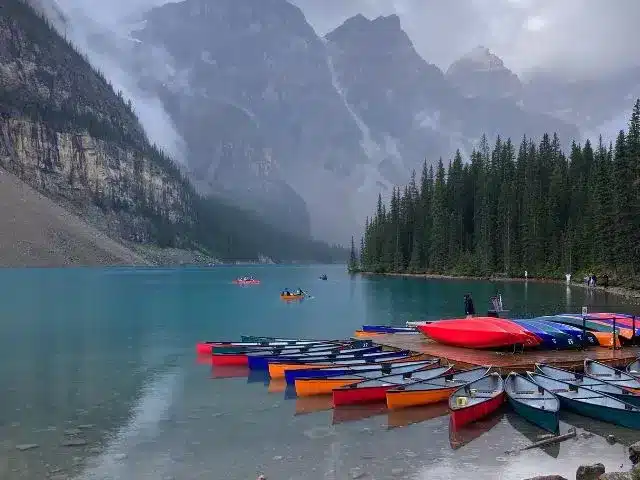
Jane Cullina is based in Santa Barbara, California, where she draws inspiration from the juxtaposition of sea and mountains that frame her surroundings. Her experiences as an outdoor educator on both coasts cemented Jane’s belief that time spent in nature leads to extraordinary moments of growth and connection. Today, whether at work as a project manager, educator, and writer, or at play in the wilderness of the U.S., Canada, and beyond, Jane seeks to weave together the practical with the profound.


